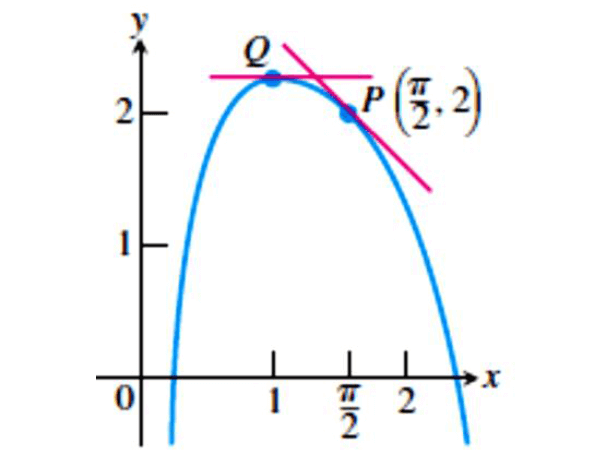DETERMINE IF THE RELATIONSHIP IS PROPORTIONAL WORKSHEET
Problem 1 :
Examine the given table and determine if the relationship is proportional. If yes, determine the constant of proportionality.

Problem 2 :
Examine the given table and determine if the relationship is proportional. If yes, determine the constant of proportionality.

Problem 3 :
Examine the given table and determine if the relationship is proportional. If yes, determine the constant of proportionality.

Problem 4 :
Examine the given table and determine if the relationship is proportional. If yes, determine the constant of proportionality.

Problem 5 :
Examine the given table and determine if the relationship is proportional. If yes, determine the constant of proportionality.

Problem 6 :
Examine the given table and determine if the relationship is proportional. If yes, determine the constant of proportionality.


1. Answer :

Let us get the ratio of x and y for all the given values.
4/48 = 1/12
7/84 = 1/12
10/120 = 1/12
When we take ratio of x and y for all the given values, we get equal value for all the ratios.
Therefore the relationship given in the table is proportional.
When we look at the above table when x gets increased, y also gets increased, so it is direct proportion.
Then, we have
y = kx
Substitute x = 4 and y = 48.
48 = k(4)
12 = k
So, the constant of proportionality is 12.
2. Answer :

Let us get the ratio of x and y for all the given values.
1/100 = 1/100
3/300 = 1/100
5/550 = 1/110
6/600 = 1/100
When we take ratio of x and y for all the given values, we don't get equal value for all the ratios.
Therefore the relationship given in the table is not proportional.
3. Answer :

Find the ratio of x and y for all the given values.
2/1 = 2
4/2 = 2
8/4 = 2
10/5 = 2
When we take ratio of x and y for all the given values, we get equal value for all the ratios.
Therefore, the relationship given in the table is proportional.
When we look at the above table when x gets increased, y also gets increased, so it is direct proportion.
Then, we have
y = kx
Substitute 2 for x and 1 for y.
1 = k(2)
1/2 = k
So, the constant of proportionality is 1/2.
4. Answer :

Let us get the ratio of x and y for all the given values.
1/2 = 1/2
2/4 = 1/2
3/6 = 1/2
4/6 = 2/3
When we take ratio of x and y for all the given values, we don't get equal value for all the ratios.
Therefore the relationship given in the table is not proportional.
5. Answer :

Let us get the ratio of x and y for all the given values.
1/23 = 1/23
2/36 = 1/18
5/75 = 1/15
When we take ratio of x and y for all the given values, we don't get equal value for all the ratios.
Therefore the relationship given in the table is not proportional.
6. Answer :

Let us get the ratio of x and y for all the given values.
2/4 = 1/2
4/8 = 1/2
6/12 = 1/2
8/16 = 1/2
When we take ratio of x and y for all the given values, we get equal value for all the ratios.
Therefore the relationship given in the table is proportional.
When we look at the above table when x gets increased, y also gets increased, so it is direct proportion.
Then, we have
y = kx
Substitute x = 2 and y = 4.
4 = k(2)
2 = k
So, the constant of proportionality is 2.
Kindly mail your feedback to v4formath@gmail.com
We always appreciate your feedback.
©All rights reserved. onlinemath4all.com
Recent Articles
-
AP Calculus AB Problems with Solutions
Dec 26, 24 07:41 AM
AP Calculus AB Problems with Solutions -
SAT Math Resources (Videos, Concepts, Worksheets and More)
Dec 23, 24 03:47 AM
SAT Math Resources (Videos, Concepts, Worksheets and More) -
Digital SAT Math Problems and Solutions (Part - 91)
Dec 23, 24 03:40 AM
Digital SAT Math Problems and Solutions (Part - 91)
